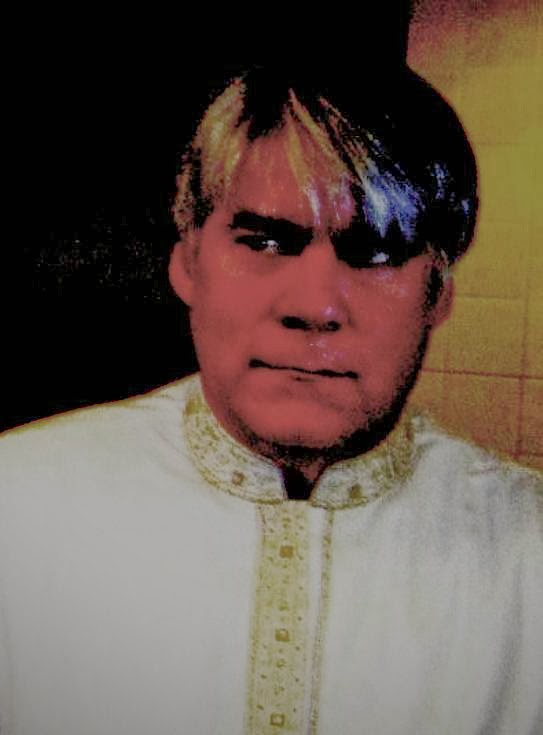August 25–26
Annantalo Arts Centre, Annankatu 30, Helsinki, Finland
1:30
p.m. Sunday Sessions: “The
Poetics of the Monstrous in Theory and Practice”
(chair Teemu Manninen)
TITLE:
“Frankenstein’s Techno-Dada: The Hilarious Monstrosities of
Flarfism”
ABSTRACT:
In the aftermath of 9/11 even the New York poets waxed
lyrical and narrative, two of the most forbidden concepts of the 20th
century avant-garde. Most poets, but not all, and not just in the USA but also
Latin America and Europe, too. Enter Flarfism, a technophile composition method
spread by the Flarflist Collective that is the “first recognizable [literary]
movement of the 21st century,” whose practitioners challenged acceptable
notions of The Author in ways that Dr. Frankenstein challenged acceptable
notions of The Creator. “That body … has never lived. I made it with my own
hands from the bodies I took from … anywhere” (James Whale, 1931) is Dr.
Frankenstein describing the Flarf Method: “…entering
outrageous and/or inappropriate word combinations into the Google search engine
and making poems out of the results, then emailing them around to each other.
Lines from the emailed poems could then be reworked in equally outrageous
and/or inappropriate ways and sent around again for further recombining”
(Sharon Mesmer). Like Dr. Frankenstein,
these poets were “doing what one is ‘not supposed to do’ [and their] poems
… were … hilarious monstrosities” (Gary Sullivan). To paraphrase
Conceptual poet Kenneth Goldsmith on language appropriation, why should Dr. Frankenstein
conceive new bodies when there are so many bodies already lying around to be
reanimated? Dr. Frankenstein could be talking here about dead language in the
graveyards of cyberspace: “[It’s] just resting. Waiting for new life to come.”
Both Flarf poets and Dr. Frankenstein use “all the electrical secrets of
heaven” to create; Flarfism’s so-called “Google-sculpting”
is Dr. Frankenstein’s “chemical galvanism” and “electro-biology.” How
does the mob respond? Flarfism “must be found. Light your torches and go,”
declared the Burgomaster (of Literature). “You have created a monster and it
will destroy you,” warned Dr. Waldman. Like Dr. Frankenstein “know[ing] what it
feels like to be God,” hence killing God, Flarf’s recombinant poetry also
killed The Creator/Author by murdering the Myth of Creativity/Authorship. “There [it] is. The
murderer.” Poetry made from the discarded language of society shows us of what
we are really made. “Shoot it. It’s a monster.” This mob, yearning for the pastoral, is the voice of Lyric
Poetry After Auschwitz, the men with torches who burn the Monster Flarf in the old
mill. But if they read Flarf through the eyes of Little Maria, would they not
see that Farf, too, is daisies tossed into a pond? If they listened to its
music, would they not hear, too, that Flarf is the Blind Man’s violin? “When
the voice of the Internet spoke to me,” wrote Gary Sullivan, “it was vulgar
(naturally), surprisingly ‘poetic,’ and in almost every poem it told a kind of
story.” Though Flarfism pulls the lever of self-destruction (James Whale,
1935), the spirit of the artist survives rejuvenated: “Flarf Is Dead; Long Live
Post-Flarf” (Sharon Mesmer).
AUTHOR:
1.
Nicholas Karavatos, M.F.A.
Department of English, American University of Sharjah, United Arab
Emirates





























